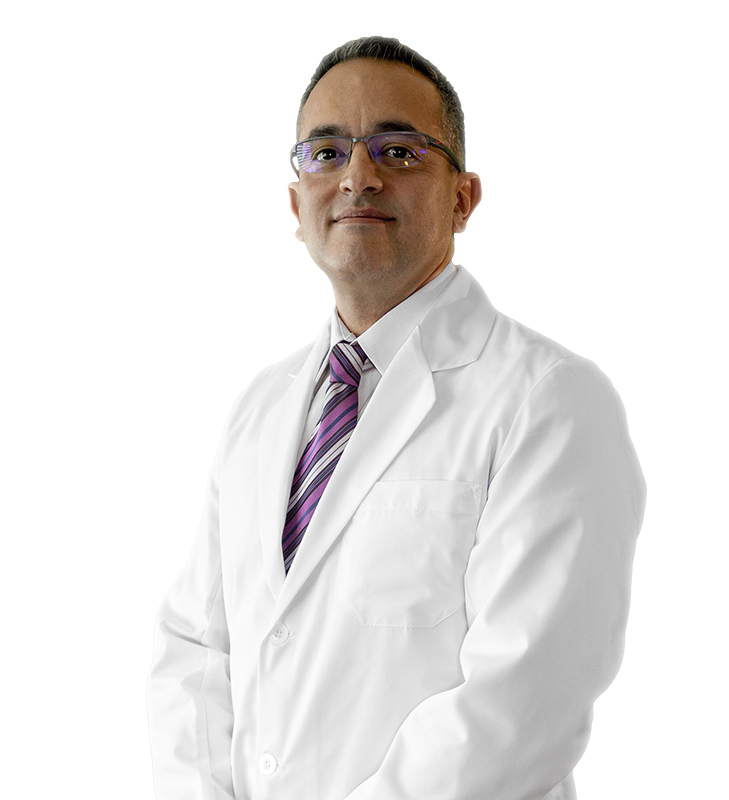Hysterosalpingography
This radiological study is used to examine the uterus and fallopian tubes of a woman, allowing to determine if there is permeability in the passage through the tubes (for the free passage of sperm), if there is any abnormality in the uterus, if there are masses tumors, adhesions or uterine fibroids.
It is a test that uses a form of X-ray called Fluoroscopy and a contrast medium. This technique allows you to see the internal organs in motion. During hysterosalpingography, the uterus and fallopian tubes are filled with a water-soluble contrast medium, and the radiologist uses fluoroscopy to view and evaluate the anatomy and functions of these organs.
How to prepare for this study:
What to expect:
The patient will lie down in a gynecological position (naked from the waist down) and with her legs open. The specialist will place a speculum in the vagina and then insert a small plastic tube through the cervix. Through this tube, they will inject the contrast medium into the uterine cavity. Several x-rays will be taken until an adequate image is obtained, which implies that the patient may need to change stools to obtain the best image.
Once this image is obtained, the tube is removed and the patient can get dressed.
Depending on the sensitivity of the woman, sometimes doctors anesthetize the area to avoid discomfort, but generally, it is an exam that does not cause pain.
Once you have the results of the study, you can remove the image with the diagnosis of the radiologist.
